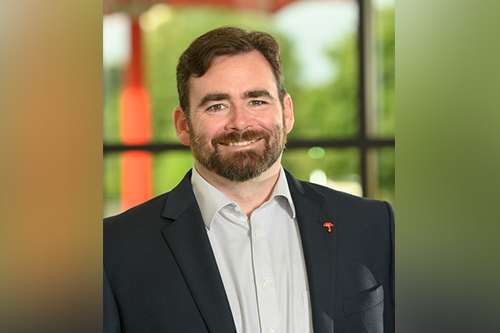

Trucking fleets haven’t had the easiest ride in recent years, with the Federal Motor Carrier Safety Administration (FMCSA) reporting a 10% increase in fatal crashes involving large trucks and buses between 2016 and 2017. In light of the losses these commercial auto accounts have experienced and the tightening insurance market for this segment, risk mitigation has become increasingly important.
A recent study from the National Surface Transportation Safety Center for Excellence at the Virginia Tech Transportation Institute (VTTI) identified the safety improvement strategies of nine commercial motor carriers that saw a decrease in both the number and severity of crashes. Travelers was involved in the work of the researchers, who used the data to pinpoint best practices that other high-risk fleets could put into action. As one of the largest insurers of commercial motor vehicles, Travelers could then pass these results to its insureds as well.
“There is a lot of discussion around the magic bullets that will make a fleet safe, and a lot of speculation of what new and innovative ideas might be out there that will make big fleets safe,” said Chris Hayes (pictured), second vice president of transportation risk control at Travelers, adding that conducting in-depth interviews with successful fleets to gather key takeaways on safety was a fruitful exercise. “The reality is that this is what the risk control consultants at Travelers do every day with our insureds – we talk to people who have been successful and with people who are struggling, and look for ways to help improve them and learn from the people we talk to, but having a neutral third party – the research group at the Virginia Tech Transportation Institute – to do this to gut-check ourselves and see if we are talking about the right things or if there are the things that we’re missing as we talk to fleets, that really stood out as an engaging activity.”
There were three key insights that came up frequently for carriers addressing the safety of their fleets, which are also useful tips for the brokers and agents who want to make these accounts better risks. The first takeaway was the importance of a strong safety culture within a carrier’s organization.
“You need a safety culture that says that safety is an important part of the overall operation of the company and that it is owned by everyone who works at that company, whether you’re a dispatcher, driver, mechanic, you work in the office, you work in operations – it has to be a shared value across the entire company,” explained Hayes.
In the same vein, fleets need to have consistent standards that they apply to all of their drivers. This can be difficult considering the tough labor market that many fleets are facing.
“The challenge that fleets have is that they want to retain their driving pool. They want to be able to hire and recruit in an environment where it’s very hard to get good truck drivers, and so sometimes, they can be reluctant to hold people to very high standards, both for hiring and also when coaching or disciplining drivers,” said Hayes.
Nonetheless, what successful fleets have done is decide that having the right driver in the seat is non-negotiable. That means these fleets have made sure that there are no exceptions when it comes to hiring standards, and then have zero-tolerance policies in place for log book violations or other service issues.
“Many fleets have a hard time adopting [these standards] because they don’t want to lose a driver, but the fleets that really progressed in their safety program said, ‘No, it’s important to us to have a zero-tolerance policy for anything unsafe, so we’re going to hold to it,’” Hayes told Insurance Business.
The final takeaway from the VTTI study was the use of technology among fleets.
“There is no one simple technology solution that will make a fleet safe, but there are new systems coming online that are becoming increasingly helpful, so [technologies] that are helping drivers make decisions on the road – like adaptive cruise control, lane centering, the use of camera-based systems for telematics so you can provide coaching and feedback to drivers – [these] were ideas that many companies were trying out and experimenting with,” said Hayes.
The companies who were willing to put in the money and time to invest in driver safety tended to be more successful.
It’s important to note, however, that not all fleets have to adopt all three strategies to decrease collisions involving trucks.
“There were nine fleets total that were looked at [in the study] and not every fleet had the same programs. In fact, not every fleet had each of these three things as part of their safety program to help them [become] a safer company, but these were the most common things that occurred and each one of those nine had at least two of these strategies,” said Hayes.
In an environment where distracted driving is still a prevalent issue among commercial and personal auto drivers, and high judgements from lawsuits are weighing on fleets’ already thin margins, safety is at least something that’s in their control.
“There are a lot of things happening in the roadway safety environments that are not in their control, [like] traffic density and roadway construction,” said Hayes. “What they can impact is how they manage their own fleet, so the message they [give] to their drivers and the way they hold true to their own standards – those are the things directly in their control and they can make a huge difference in an environment where somethings are really out of their control.”
